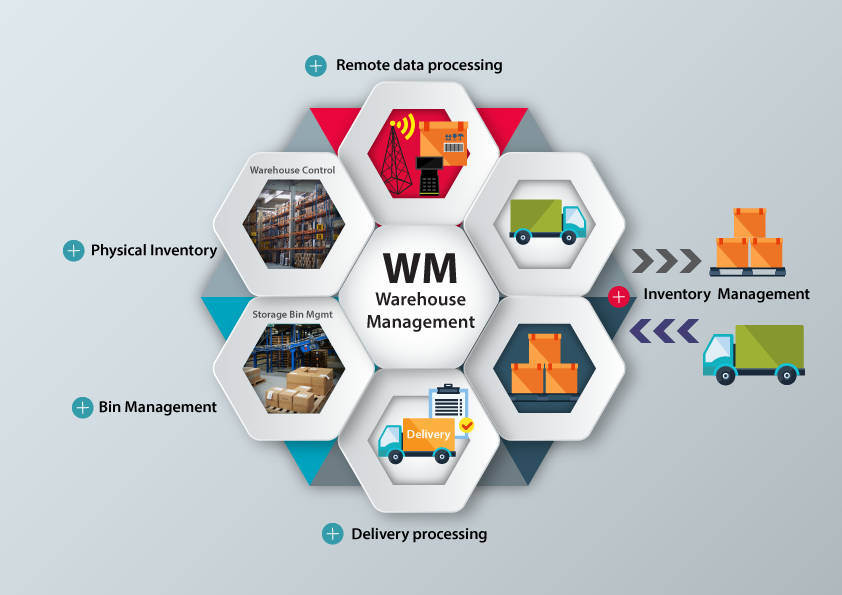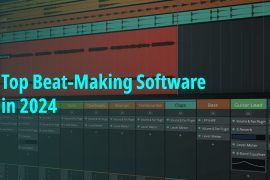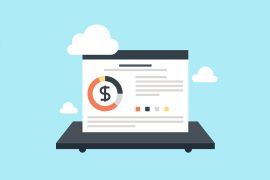A library is an essential component of any educational institution. It usually has to carry out fine but difficult activities in order to keep track of the books. A well-managed library is part of the service when the institute is focused on providing great educational services.
Furthermore, in order to run a better university, libraries should be controlled electronically, as is the case with smart school operations these days. In this post, you’ll learn everything there is to know about the library management system and how it may help the education business. Let’s start with the fundamentals of library administration. A library is an essential component of any educational institution. It usually has to carry out fine but difficult activities in order to keep track of the books. When the institute’s primary goal is to provide high-quality education, a library, and its efficient management become one of its many goals.
Furthermore, in order to run a better university, libraries should be controlled electronically, as is the case with smart school operations these days. In this post, you’ll learn everything there is to know about the library management system and how it may help the education business. Let’s start with the fundamentals of library administration.
Table of Contents
What is a Library Management Software?

Libraries use a library management system to keep track of their asset collections and interactions with their patrons. Library management systems assist libraries in keeping track of their document inventory and loans, as well as member subscriptions and profiles, in numerous locations. Libraries in educational institutions, as well as public and private libraries, can utilize this software. Library patrons use library management systems to locate, reserve, and loan documents, while library personnel uses them to keep track of document acquisition, categorization, and inventory.
To offer access to electronic resources, integrated library management systems frequently combine with digital information repositories. To manage payments and other financial operations, library management systems must link with accounting solutions.
Features of Library Management Software
Some primary tasks that a library
management software performs are
- Include a database for storing and managing data on many sorts of content assets (books, magazines, movies, music records, and more) in various forms (print, electronic, video, etc.)
- Manage information about patrons and members, such as profiles, current and prior loans, payments, and fines.
- Allow users to search public databases such as OPAC (Online Public Access Catalog) or WorldCat for information.
- Organize and manage asset inventory and loans across many locations.
- Stats on loans, inventories, late returns, and lost documents should be provided.
Perks Of Using A Library Management Software
- Increases Efficiency
For a librarian, keeping track of the total number of volumes issued, reissued, unreturned, and available on a daily basis can be a time-consuming chore. A school library management system increases the efficiency of a library’s whole life cycle by allowing all duties to be accomplished with a single click, making the job of the librarian easier.
Signing into their accounts allows students to access the catalog, their book status, and other information. Not only that but they can be informed of due dates for returning books, as well as notices to pay late fines, by SMS.
- Keep Track of Book Information
Any educational institution’s data is crucial, and library books are a useful resource. Data misplacement, data entry errors, and other dangers are common in manual data management. To make all library data freely available, we must correctly document it. Using a library management system, they may preserve the entire catalog, including details of books issued, reissued, and unreturned, in a single system and access it with a few simple clicks whenever needed. They reduce the risk of data loss while also maintaining security.
- Increases your Output
Libraries that have such management systems can substantially streamline their operations. The system can handle the majority of the activities, saving the team a substantial amount of time, with book records available with a single click, a dashboard for real-time analysis, and direct communication with students. As a result, they will be able to focus on more vital responsibilities.
- Saving Time and Human Resources
It is possible that the traditional approach to managing library operations is time-consuming. The number of students using the library increases during test season, which may lead students to wait even longer than usual. Using Library Management Software at this time can be quite valuable. The library personnel can quickly provide books to students while also using their track record to efficiently distribute the books. Students can also look through the catalog to see if the book they want is currently available. All of this might save a lot of time for both students and library staff at the institute.
- Management of Resources
It might be difficult for librarians to keep track of the demand for and supply of books at times. With the help of a library management system, they can swiftly verify data, view history, and issue books. It makes book resource management more efficient.
They may make the cycle of book issues and return quick and smart with the possibility of SMS alerts and notifications, which would otherwise be limited.
Now that we have looked at the advantages of having a library solution, let us look at some leading options for library management software.
Top 3 Library Management Software in 2022
Infor Library and Information Solutions
Infor Library & Information Solutions automates your library from beginning to end. The system assists libraries, archives, and museums in marketing services and engaging staff and customers in interactive ways, while also enabling access to digital and traditional collections.
Pros:
We’ve been able to categorize, acquire, and manage our operations thanks to the info software. It’s quite easy to use and work with. Because inventory and reporting may be streamlined, accessing information is relatively simple.
Cons:
Cross countries implementation in an international environment may be painful.
Apollo ILS
The ApolloTM ILS/LSP (Integrated Library System/Library Services Platform) is a dedicated library system. Customers have been overwhelmingly pleased, with a retention rate of 99.4%. For the years 2016 and 2017, Apollo library automation was named Product of the Year. Customers benefit from its hosted-only and multi-tenant design, which allows for faster feature development, improved service, hassle-free 3rd-party integration, and world-class server management and uptime. Gabbie, 2-way texting, and Reserve Express for subscribing to favorite writers are just a few of the unique features that set Apollo different.
Pros:
For most public libraries, this is the right automation system. It’s incredibly user-friendly, and it’s simple to teach new staff how to use it. It is continually updated with new features that improve your customer service. Customer service is quick, transparent, and pleasant.
Cons:
ISBN Search sometimes glitches and in order to read each entry, the screen must be maximized.
Flash scan
FlashScan helps you manage your self-checkout system’s efficiency by providing front-gate security, multi-directional scanners, audio directions, and other features.
The revolutionary attributes of this software to scan barcodes and thus enable you to manage your libraries at your company without necessarily employing a large number of staff to manage and take charge of the library because with this system, you are guaranteed a self-check-in and check out model, which in itself gives you a quick way of determining the usage of our library and in case of any needed improvements in terms or relating to the use of the library, the data corroborates the same. Aside from that, the maintenance crew is highly professional and ready to provide all necessary support on-demand, and given the fact that in the event that system parts need to be replaced, the maintenance team will replace them.
Pros:
saves time and human resources
Cons:
The level of service and maintenance provided by the staff in keeping the program up to date.
Conclusion
It is the digital age of connectedness, and virtually every aspect of school administration has gone online, from online applications to student results. In the digital age, we must electronically connect college libraries to students’ academic lives. Students no longer need to go to the college library to see if reference materials are available. Using the college website or mobile apps to integrate library software with student portals.
This management system allows system administrators to keep an eye on the library’s operations while also helping librarians and users to get the most out of their time. The task outline and fineness of numerous librarians employing this type of technology would be understood by management. The effectiveness of the library will be improved by a well-organized computerized library management system. This high-quality system should help the librarian to better manage library resources while also saving time and effort. Because it is quick to implement and simple to set up, such software requires very little maintenance after installation.
To know more about Library Management Software and free library management software head to SaaSworthy.






